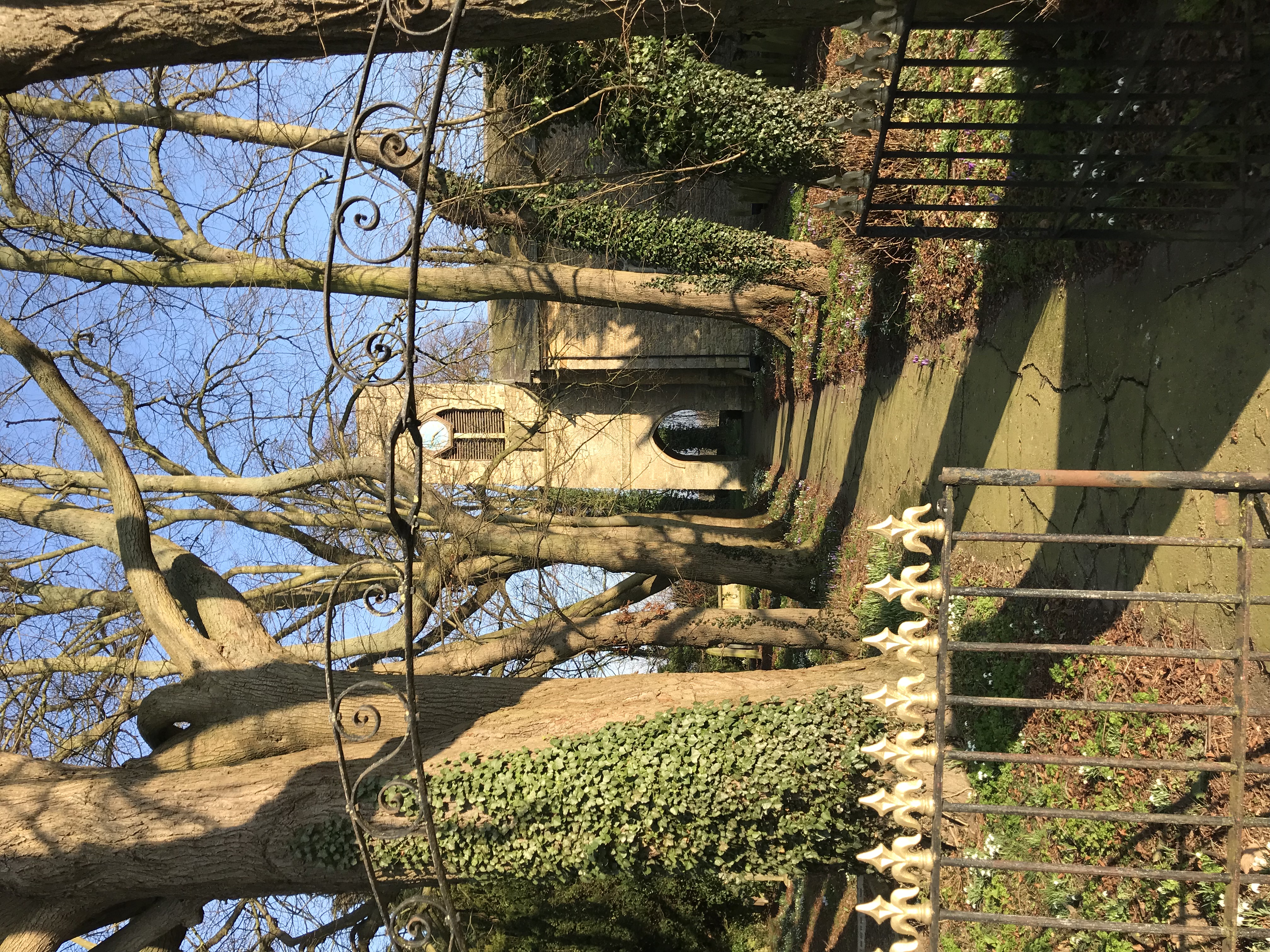
Background information
St. Andrew’s Church Fillingham is a Grade II listed Anglican Church. It is part of the Springline Parish, which covers the churches in the area that runs north out of Lincoln from Burton to Glenworth, and is part of the Lawres Deanery, within the Diocese of Lincoln. The Church is a Festival Church, holding services occassionally, but is available for weddings, baptisms and funerals. It seats up to one hundred and twenty people.
The church has its own graveyard that is open all the time for people to pay their respects to the deceased.
Building history
The first mention of a church in Fillingham is in the Domesday Book in 1086, but the current church dates back to 1180 in parts, although a lot of it is from the 13th century and it has been heavily rebuilt and refurbished since then, with the current bell tower being added around 1770, and the church restored in 1866. The church walls are made out of lime stone rubble and the sloping roof is made of slate. The oldest part of the church is its Norman doorway.
Historical links and people
There is evidence of Roman community in Fillingham with items being found that potentially were used for worship, and later a Saxon settlement that may have been Christian.
St. Andrew’s Church has historical links to Balliol College, Oxford University and the land surrounding the church was used for the priests’ income. Balliol College has been a patron of Fillingham since 1343. As patron they hold the advowson, which is the right to nominate a member of the clergy to the vacant benefice, or ‘living’ (income) from the church office.
The Church’s Parish registers exist from 1661, with records of baptisms, marriages and burials since then.
The most famous rector of Fillingham was John Wycliffe (1324 – 1384), who led the first translation of the Latin bible into English. He was an early reformer and critic of the church, whose followers, known as “Lollards”, spread his ideas throughout England. He was declared a heretic after his death because of his beliefs and in 1428, at the command of Pope Martin V, Wycliffe’s bones were exhumed and burned, with the ashes dumped in a river.
Major T. N. Dalton of the 95th regiment, who was a principal land owner in the area, has a monument at the Church, after being killed at the battle of Inkerman, in the Crimea, on November 5th 1854.
St. Andrew
The church is dedicated to St. Andrew, who was Christ’s first disciple and is the patron saint of Scotland, Greece and Russia. It was Andrew, in the story of the feeding of the five thousand, that brought the boy with his loaves and fish to Jesus.
By Callum O'Grady
